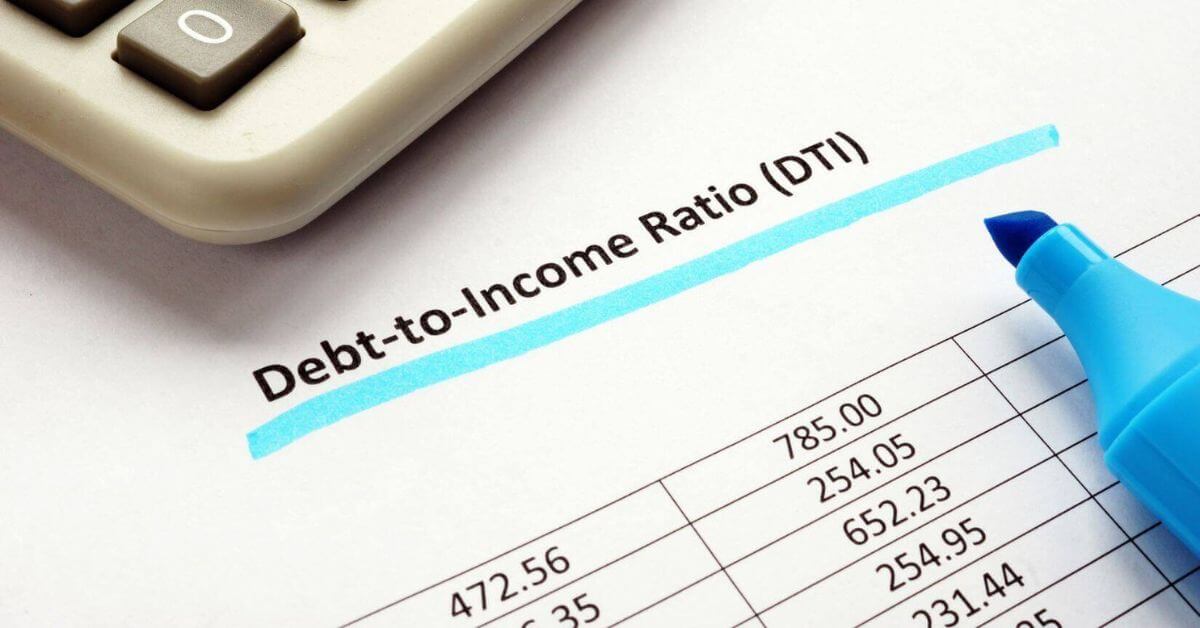Are you a student with aspirations of owning your own home but worried if student loans will impact your eligibility for a USDA loan?
This guide will provide details about USDA student loan guidelines. It’s essential to comprehend the USDA student loan guidelines in order to determine your eligibility.
So, whether you just graduated or have been paying off your student loans for years, buckle up and let’s explore the details.
How Does USDA Calculate Student Loans?
Before we deep dive into the USDA student loan guidelines, let’s look at how the USDA program loan works.
USDA loans offer affordable financing options for homebuyers in eligible rural and suburban areas. These loans are intended to promote rural development and help moderate to low-income households achieve homeownership. They offer flexible credit requirements with 100% financing and no down payments.
To calculate student loan monthly payment amounts, USDA lenders use two methods:
- Actual payment amount method: If you are currently making student loan payments, your lender may use the monthly amount shown on your credit report.
- Calculated payment method: Your lender will use a calculated amount based on your outstanding balance if your loans have been placed in deferment or forbearance. To calculate debt-to-income ratio purposes, they’ll take 1% of the outstanding loan balance, or they will use the actual documented payment amount if it is greater.
What is the Debt-to-Income Ratio for USDA Loans?

Your DTI ratio (or debt-to-income ratio) measures how much of your gross monthly income you pay towards monthly debt payments.
To calculate it, add up all outstanding obligations such as credit cards, car loans, and student loans together and divide that total by your gross monthly income.
For instance, if total monthly obligations total $1,500 and gross income equals $4,000, then your DTI ratio would be 37.5% ($1,500/$4,000 x 100%).
What is the Maximum Debt-to-Income Ratio for a USDA Loan?
With USDA loans, the maximum debt-to-income ratio allowed is 41%. This means your total monthly debt payments, including your proposed mortgage payment, should not exceed 41% of your gross monthly income.
This is a key requirement when applying for a USDA loan. Lenders use this ratio when determining if you can comfortably afford your monthly mortgage payments. However, if your credit score is excellent or if you possess substantial financial reserves, lenders may be willing to accept higher DTI ratios.
The USDA and FHA loans, another government-backed loan, have a similar DTI ratio. However, unlike the former, FHA loans do not offer 100% financing and typically require a down payment of 3.5% of the home purchase amount.
Are There Any Restrictions on Eligibility for USDA Loans Due to Student Loan Debt?
Yes, there are some potential limitations associated with eligibility for USDA loans due to student loan debt.
These include:
- Delinquency/defaulted student loans: If your history of delinquent or defaulted student loans extends into the present, this could negatively impact your credit score and overall financial profile, potentially disqualifying you for a USDA loan.
- Debt-to-income ratio (DTI): Student loan debt can significantly impact your debt-to-income ratio, which is an essential component for USDA loan eligibility. If your DTI is too high, however, it could prevent you from being approved for a USDA loan.
- Loan forgiveness programs: If you are enrolled in a student loan forgiveness program, your eligibility for a USDA loan could be affected. This is because the program affects your debt-to-income ratio–an essential factor when applying for USDA financing.
- Loan types: USDA loans have specific eligibility guidelines for eligible loan types, such as purchase loans, construction loans, and some refinancing options. However, certain student loans may not qualify for refinancing through a USDA loan.
Frequently Asked Questions
Do I need to include my student loan payments when calculating the debt-to-income ratio for a USDA loan?
Yes, as per USDA guidelines, your student loan payments need to be included when calculating your debt-to-income (DTI) ratio for a USDA loan. Your DTI ratio is an important factor that lenders use to assess your ability to repay the loan.
To do this accurately, include your actual monthly student loan payments in the calculation, except if your loans are in deferment or forbearance, in which case a calculated payment amount may be used by the lender.
Are there USDA loan forgiveness programs available for borrowers with student loans?
Unfortunately, there is no specific USDA loan forgiveness program; however, you can take advantage of the following:
- IDR (income-driven repayment plan): With this plan, your monthly payments are determined by your income and family size; any remaining balance may be forgiven after a certain number of years.
- PSLF (public service loan forgiveness program): For students employed in public service, your remaining student loan amount may be forgiven if you make 120 qualifying payments.
Can I still qualify for a USDA loan if I default on my student loans?
Even with student loan default, you could still be eligible to receive this type of assistance. You would just have to work with your lender on how best to resolve the situation and improve both your credit rating and debt-to-income ratio (DTI).
Can I use a USDA loan to pay for my child’s college education?
Unfortunately, USDA loans cannot be used to pay for a college education. They’re intended to assist you in purchasing a rural home; however, you may also use the equity from your house as collateral and obtain line credit to finance educational expenses.
Can I use a USDA loan to pay off my student loans?
Unfortunately, no. These loans are intended for low and middle-income families looking to purchase rural homes.
You could possibly take out either a cash-out refinance option or use the USDA loan as additional funds to repay student loan balances by refinancing your home for more than the amount owed on those loans and using that extra money towards paying off any remaining balance on those loans.
How will my student loans affect my USDA loan application process?
When applying for a USDA loan, lenders will consider any student debt you may have. Your repayments on those loans will be taken into account when calculating whether you meet eligibility.
If you are interested in a USDA loan but have student loans, it is essential to understand how the payments made on those loans could impact your eligibility and debt-to-income ratio (DTI).
If you have any queries regarding USDA student loan guidelines, don’t hesitate to give us a call. We will ensure that you receive the financial assistance needed for success.







